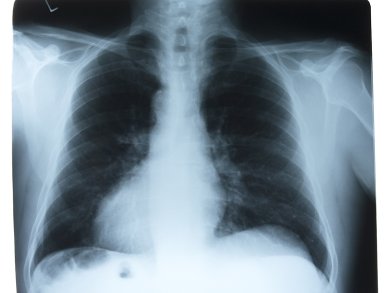Tuberculosis (TB) is a global health concern, with approximately one third of the world’s population infected with Mycobacterium tuberculosis (Mtb), the bacterium that causes TB. Drug resistance is an increasing problem, with emergent Mtb strains (XDR-TB) that are extremely resistant to currently available antibiotics.
Professor John Blanchard and researchers at the Albert Einstein College of Medicine, New York, USA, have found new hope for the fight against TB in the form of two existing drugs already approved for clinical use: clavulanate and meropenem. When administered together, these could offer a cure for even XDR-TB.
Clavulanate, a β-lactamase inhibitor, works in conjunction with the ultra-broad-spectrum injectable β-lactam antibiotic, meropenem, to prevent Mtb’s ability to break down the antibiotic, thus allowing the drug time to act. Although the evidence is currently anecdotal, with just one case reported by a doctor in Belgium, Blanchard believes that clinical evaluation of the combined off-label use of clavulanate and meropenem will reveal the combination to be a new weapon in the fight against TB. Professor Blanchard reported his findings at the 243rd American Chemical Society National Meeting and Exposition in San Diego, CA, USA, this week.
- The full webcast can be viewed here:
Two drugs already on the market show promise against tuberculosis
Other news from the ACS Meeting:
- News: Popcorn Polyphenols
First red wine, now popcorn … discovery of polyphenols in popcorn presented at the 243rd ACS National Meeting, San Diego, CA, USA - Video: ACS Meeting San Diego: G. Huber on Biomass Conversion
George Huber, University of Massachusetts, discusses his latest research in converting biomass at the 243rd ACS National Meeting, San Diego, CA, USA - News: 2012 ACS National Awards
27 March 2012 – The 2012 ACS National Awards are presented at the 243rd ACS National Meeting, San Diego, CA, USA - News: Chemical Tweeting!?
Bacteria chat and make decisions based on those of their neighbors according to research presented at the 243rd ACS National Meeting




